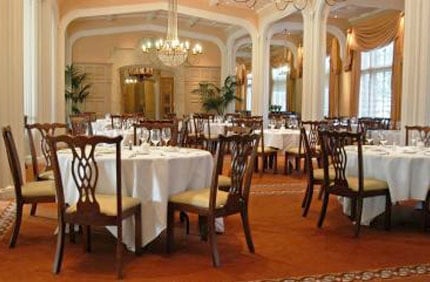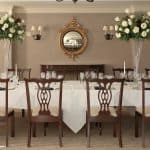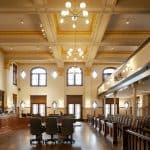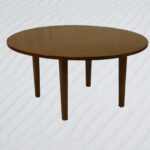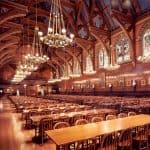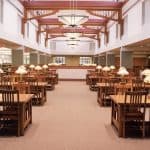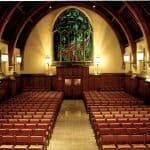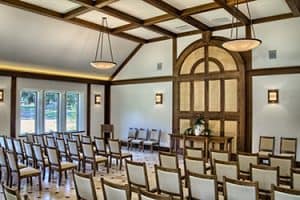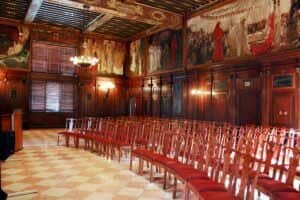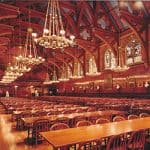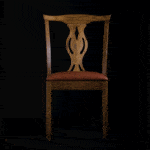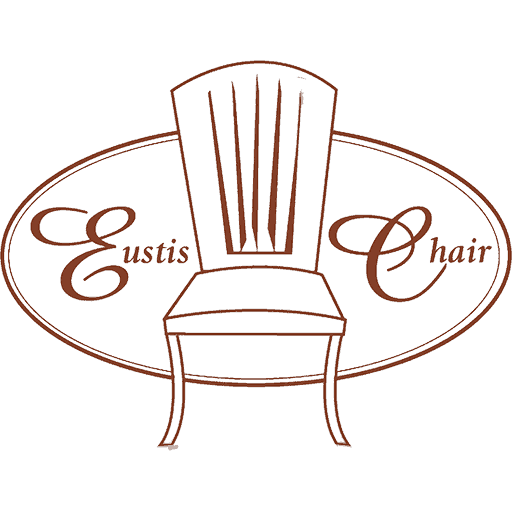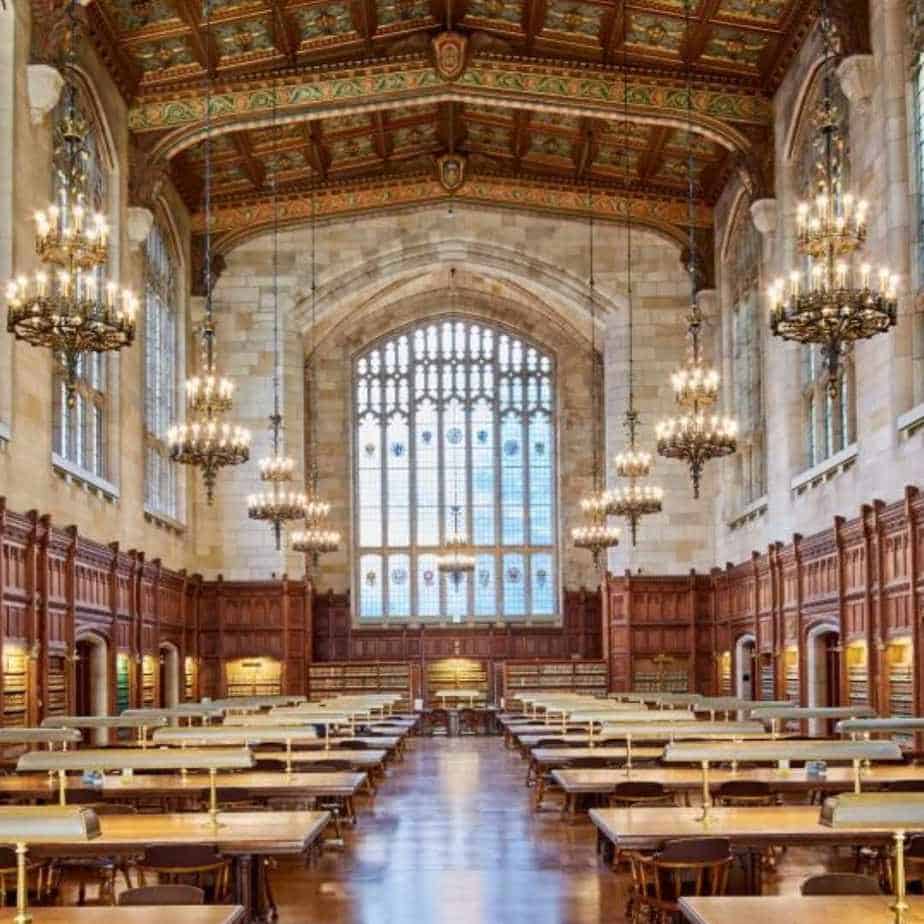Is the “Hogwarts effect” real?
J.K Rowlings’ best-selling books about a boy wizard have become a cultural phenomenon in the last two decades. To the delight of students across the country, college courses that study Harry Potter are becoming more and more frequently found. These classes aren’t all literature courses either; there are science, astronomy, and even philosophy professors who use the beloved series to explore their fields with students. But, outside of the classroom, has Harry Potter managed to have a visual impact on college campuses? Many would say so.
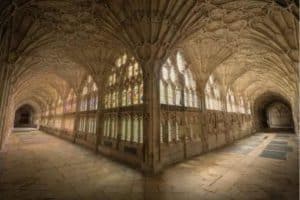
(Gothic hallway in Harry Potter’s school.)
Student perspective
When Cornell student, Yousef Anwer, toured one of the neo-Gothic dormitories on campus, he and his friends were excited at the prospect of “living in Hogwarts.” Along with the physical appearance of the buildings, Anwer believes that Cornell often feels like Hogwarts because, as Harry Potter felt about his school, it feels like home to the students who live there.
Expert perspective
Industry experts have also expressed the connection between real American colleges and the fictional Hogwarts. Architecture critic Christopher Hawthorne wrote a piece for the LA Times about what he calls the “Hogwarts effect” on school campuses. Describing the new dorm buildings at universities such as Yale and USC, he claims that the neo-Gothic style is meant to evoke childhood nostalgia. Feelings of home, familiarity, and comfort arise by visually referencing the famed castle from Harry Potter. He writes:
“Among the most surprising parts of 2017 for me was the discovery that one key source of this renewed interest in the Gothic Revival is — cue the John Williams score — Hogwarts, the boarding school for wizards that stands at the heart of the book series by J.K. Rowling. In those books and especially their movie versions, the departure from home and the beginning of adulthood are bound together with a particular vision of campus architecture.”
Hawthorne claims that students have an expectation that college campuses should resemble Hogwarts. “Students love Potter-esque Gothic,” says Hawthorne, and states “campuses are increasingly happy to serve it up to them.” While touring a building at Yale, he felt as if he’d wandered onto the set for one of the Potter movies.
Belmont Freeman, an architect in New York City, also comments on the fact that the new dorm buildings at colleges like Yale feel like a magical movie set. He doesn’t connect the Gothic Revival specifically to Harry Potter. Yet Freeman does echo a lot of Hawthorne’s opinions that campuses now aim to trigger nostalgia with their renewal of a traditional-looking aesthetic.
The magic of Eustis Chair
A 2020 study found that 72 percent of Americans, across demographics, prefer traditional architecture over modern architecture. Liking traditional architecture isn’t unique to incoming freshmen who have read Harry Potter. That being said, the magic of Hogwarts might very well still influence the particular Gothic vision incoming college students have.
Eustis Chair has been a part of several Potter-esque college spaces. The University of Michigan Law Library’s Reading Room is home to a set of classic Captain chairs by Eustis Chair. Harvard University’s Memorial Hall has hundreds of Edison chairs by Eustis Chair for students to dine on. Cornell’s Risley Hall holds the Risley stacking chair, adapted especially for Cornell’s needs. The University of Chicago partnered with us to design the Burton Judson chair for one of their dining halls.
With beautiful craftsmanship and classic elegance, our chairs fit right into the Gothic Revival style. They enliven any space, making you feel right at home. Whether you’re a fan of Harry Potter or not, we’re happy to talk to you about how our chairs can fit with your traditional or Gothic aesthetic.













